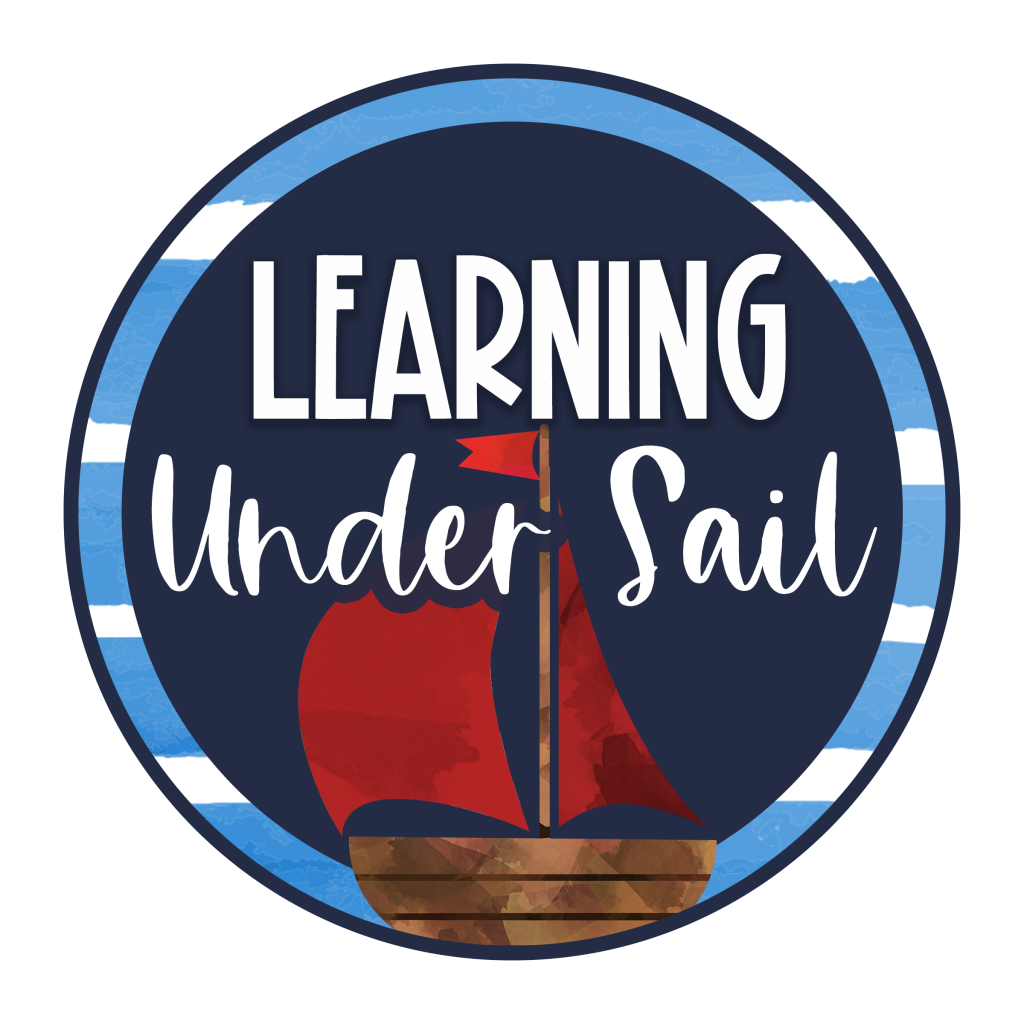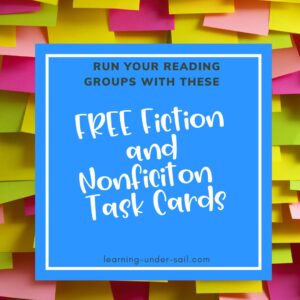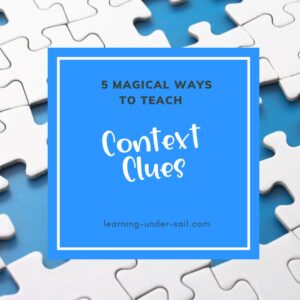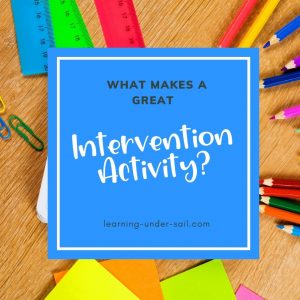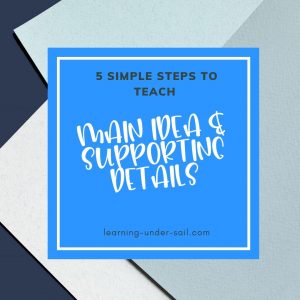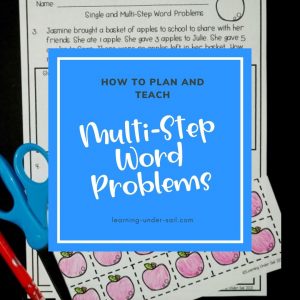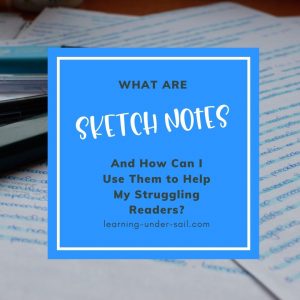Create your own content instead of hunting for that perfect activity. It sounds time consuming, but too often we go on the hunt for that perfect activity only to look at the clock an hour later with a blank lesson plan and activities that don’t “flow” into five days of lessons.
Invest the time and brainpower up front, use a template, and spend your time planning instead of searching for that perfect activity or worksheet.
Here’s how to use intervention templates for creating your own plans and activities to manage your time and maximize student growth.
-
Prewrite before you write your final lesson plan.
You need to know exactly what you want your students to learn before you begin to plan. Plan each day with the end in mind. Ask yourself these questions:
-
- What do students need to do independently to show mastery of this skill?
- Which activities will allow them to practice this skill to understand it?
- Do they need to review or build any prerequisite skills?
Use these questions to guide you to outline your daily activities and build a lesson plan from the main skill building activity.
-
Use a pattern in your planning.
Create a bank of activities that work for your intervention group. Plan these activates in a pattern. Here is an example:
-
- Day 1 – introduce the skill by sorting examples and nonexamples of your focus skill.
- Day 2 – read and annotate a passage, focusing on the skill students need to master
- Day 3 – complete a graphic organizer.
- Day 4 – play a game to practice the skill.
- Day 5 – assess what students have learned
The skills, text, graphic organizers, games, and assessments will change but you use an outline for each week that helps you plan without hunting for activities.
-
Create simple activities FOR THE STUDENTS.
Focus on creating activities that have minimum teacher input and maximum student engagement. Use simple activities with minimal directions. Here are some examples:
-
- Sorting
- Graphic organizers
- Games like Memory or Go Fish!
- Annotating text
Many of our students in intervention groups are simply lacking experience with a specific skill. Plan activities that students do the work Let them be the experts!
-
Keep a bank of simple anticipatory sets and closures.
Building a bank of anticipatory sets and closures saves you time when you are creating your lesson plans. Examples of anticipatory sets and closures include:
-
- Which one does not belong? (show 3-4 words or pictures related to the skill you are teaching)
- How do I know when _______?
- Anticipation guide – Students answer the same set of questions at the beginning and end of a lesson.
- What is _______? When would I use it _____? How will this help me become a better reader?
Don’t skip the anticipatory set and closure! Get the kids’ attention at the beginning of the lesson and make sure they remember why they were there at the end of the lesson.
-
Create game templates that work for your group.
Games are a great way to engage all students and get them practicing skills. Many games, such as Go Fish! or Memory only require a set of cards. Use a table in a word document to make a quick set of cards that can be used for these games or download a free template when you sign up to get your free vocabulary intervention plans and activities.

Creating your own content might seem time consuming at first, but once you get the hang of it you’ll provide simple, targeted lessons that your students need to grow.
What’s you biggest intervention challenge? Tell me about it in the comments below.
